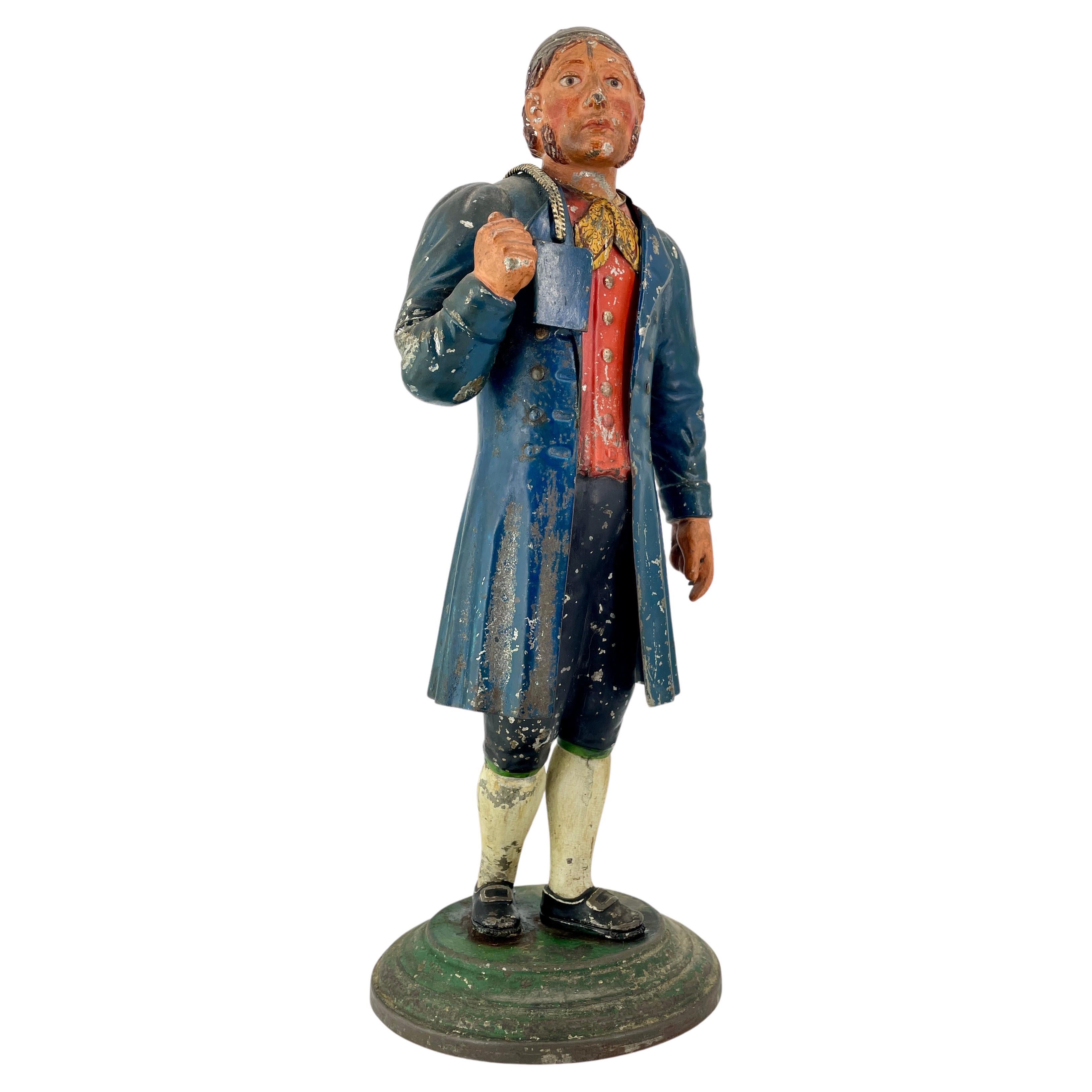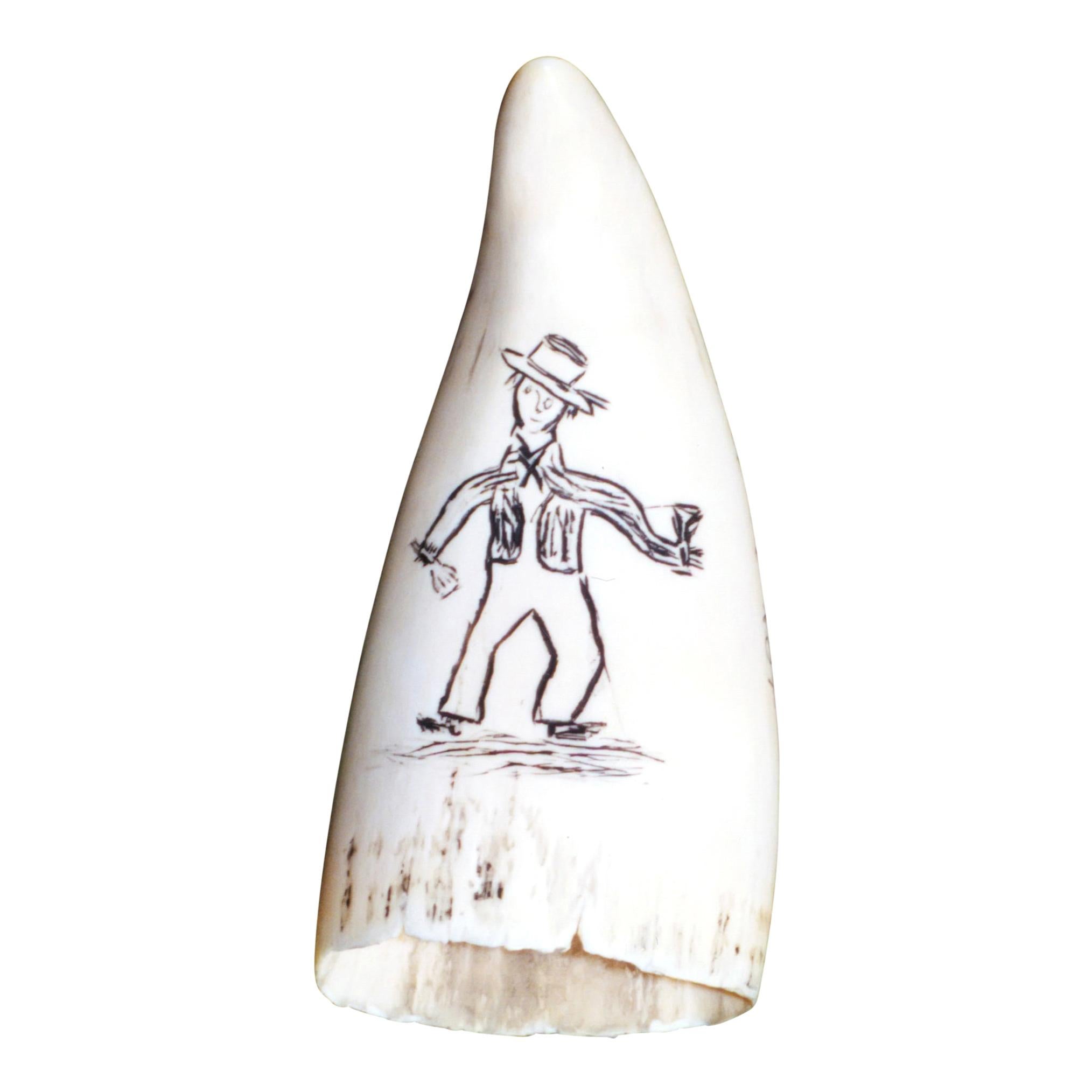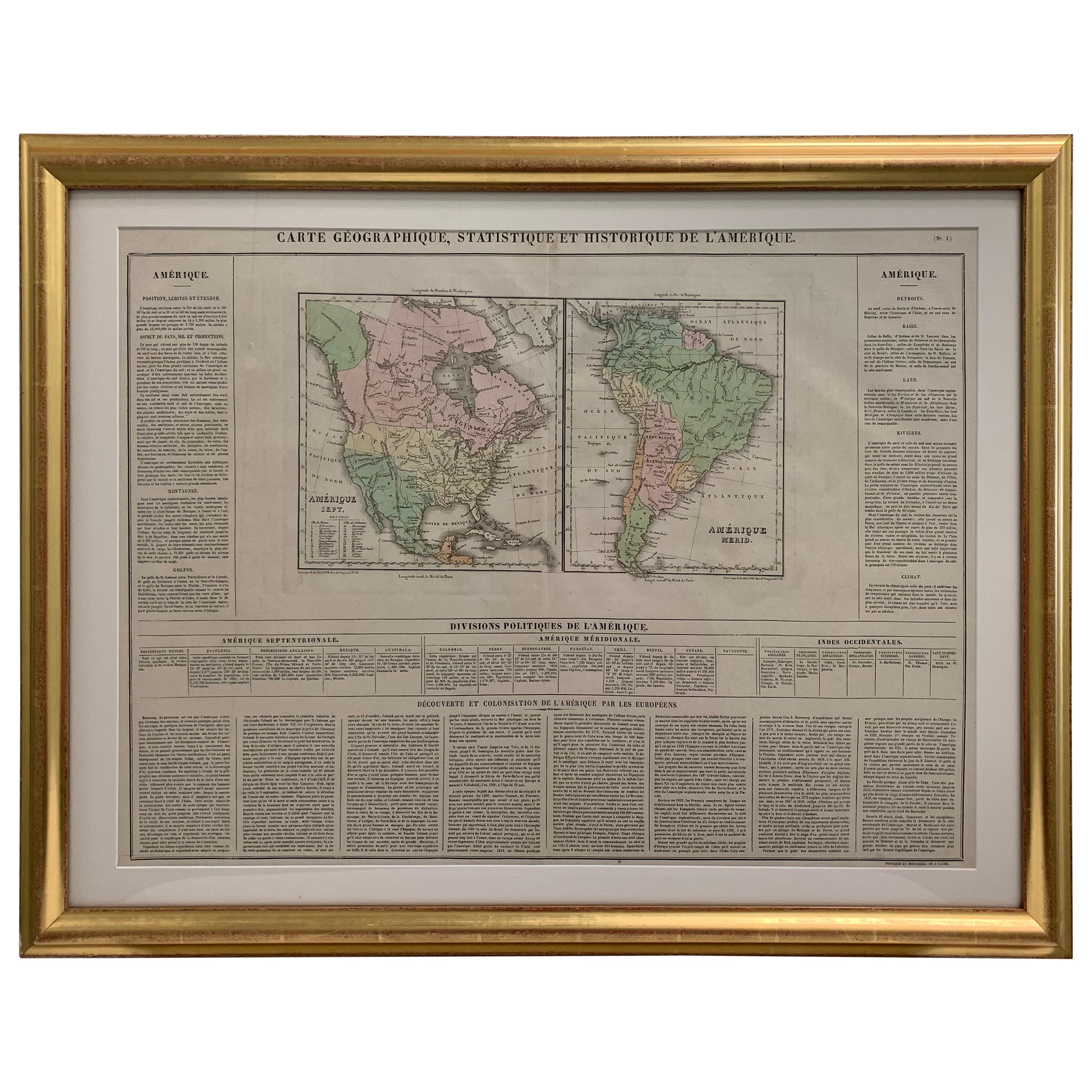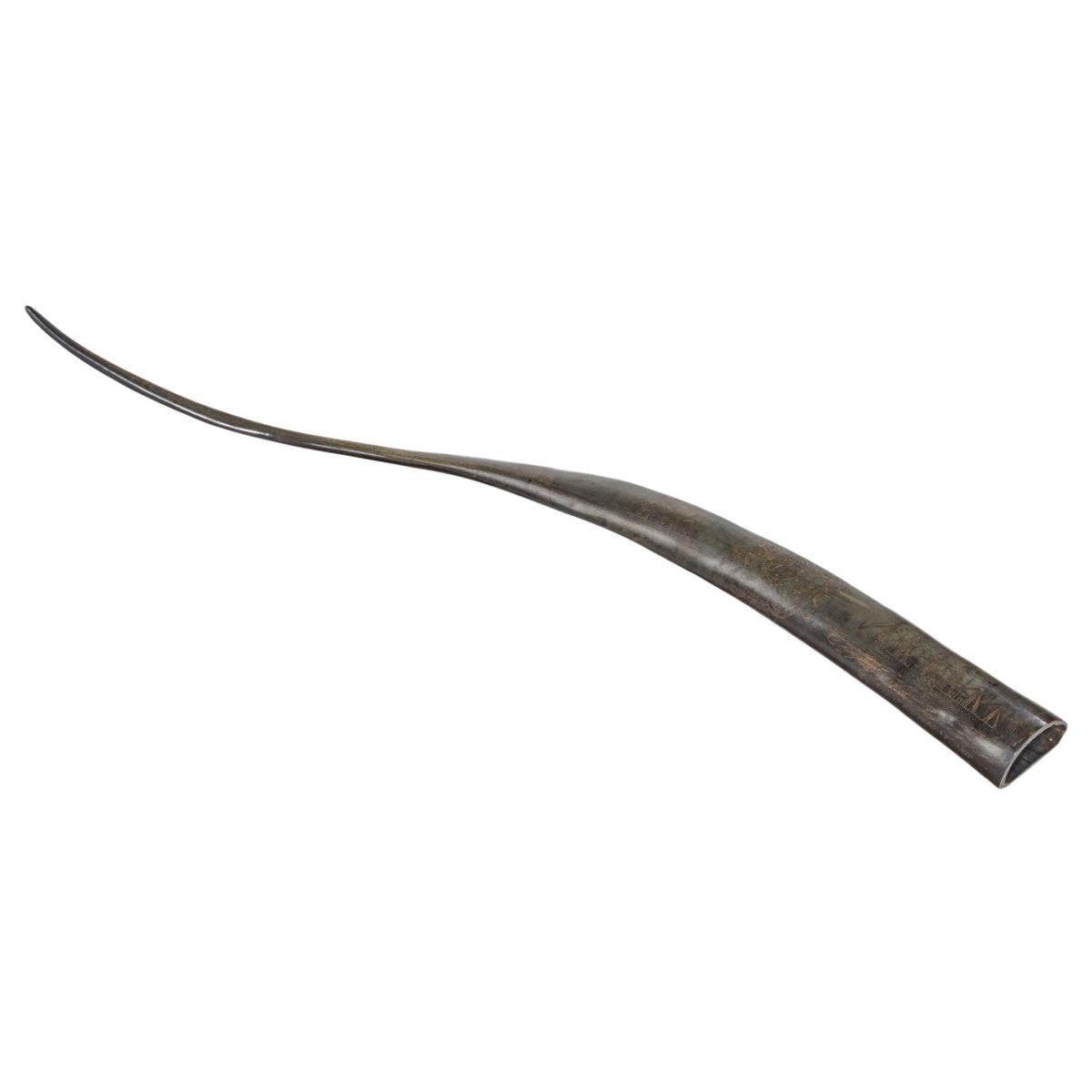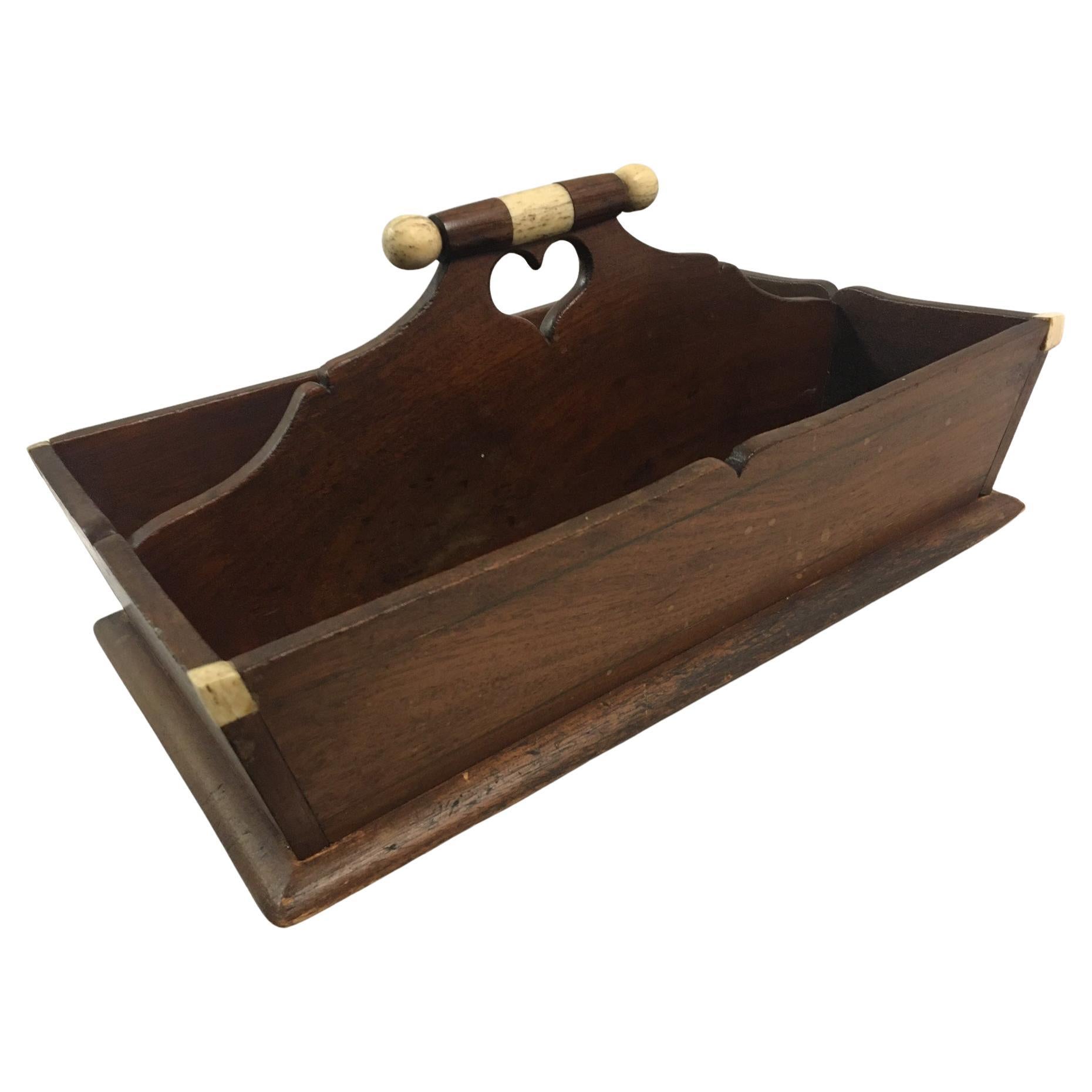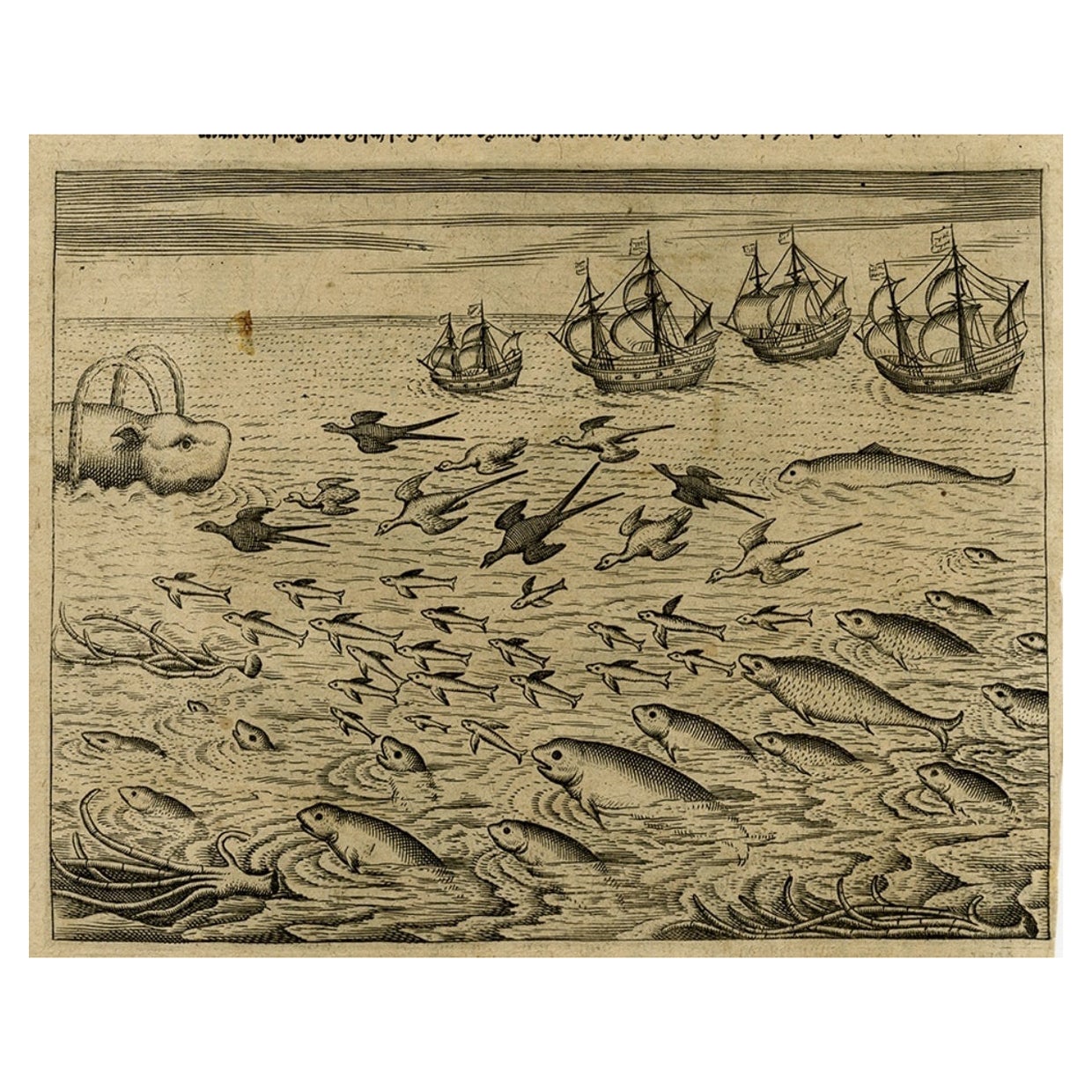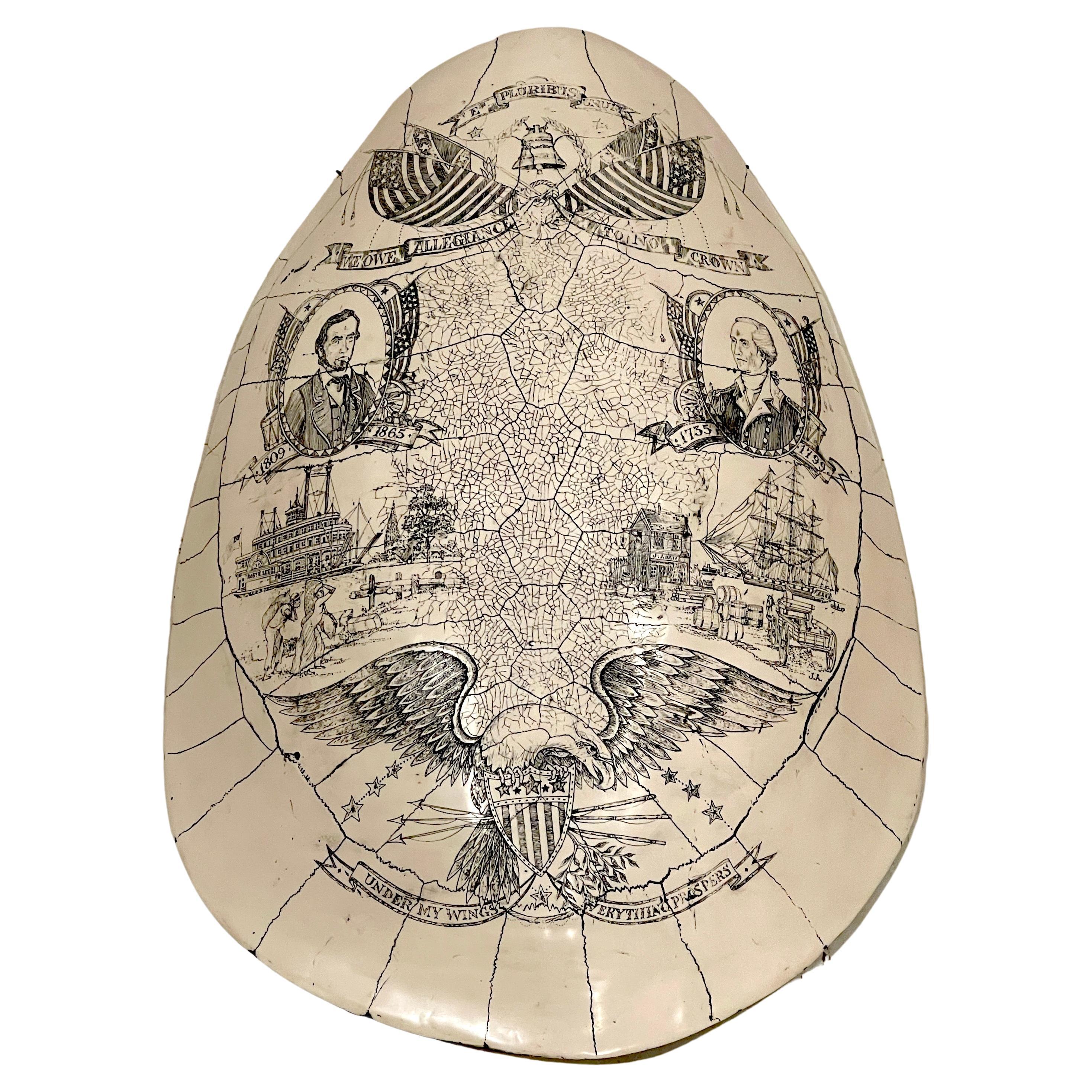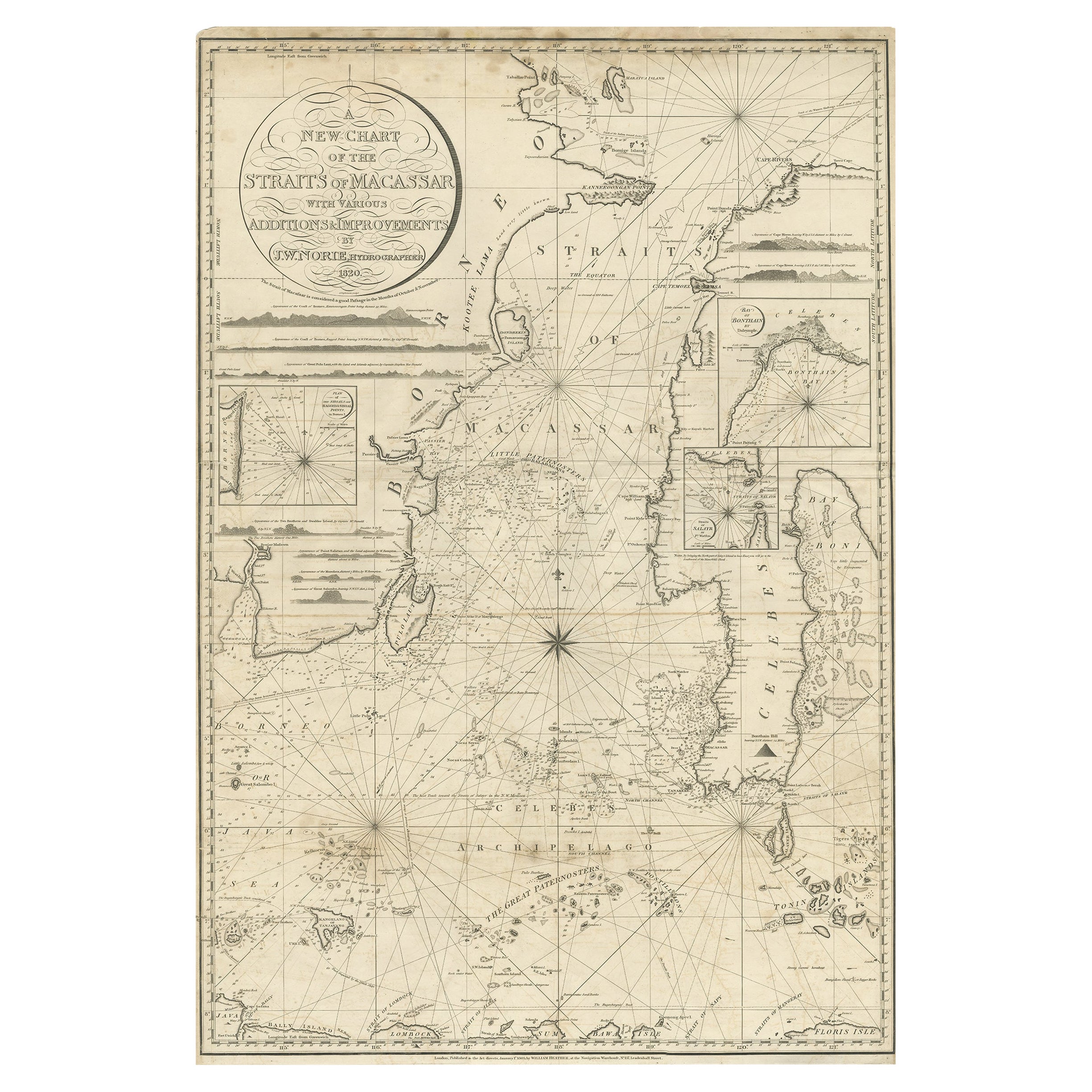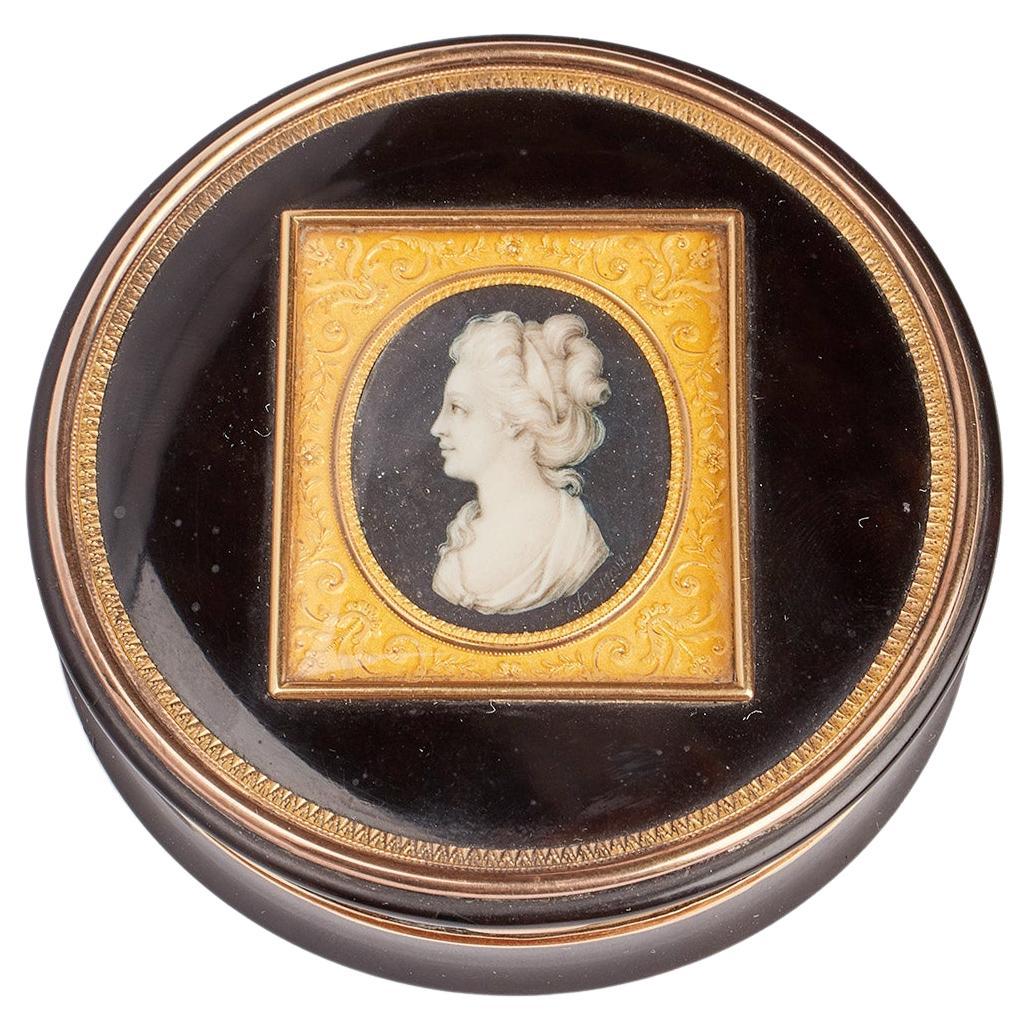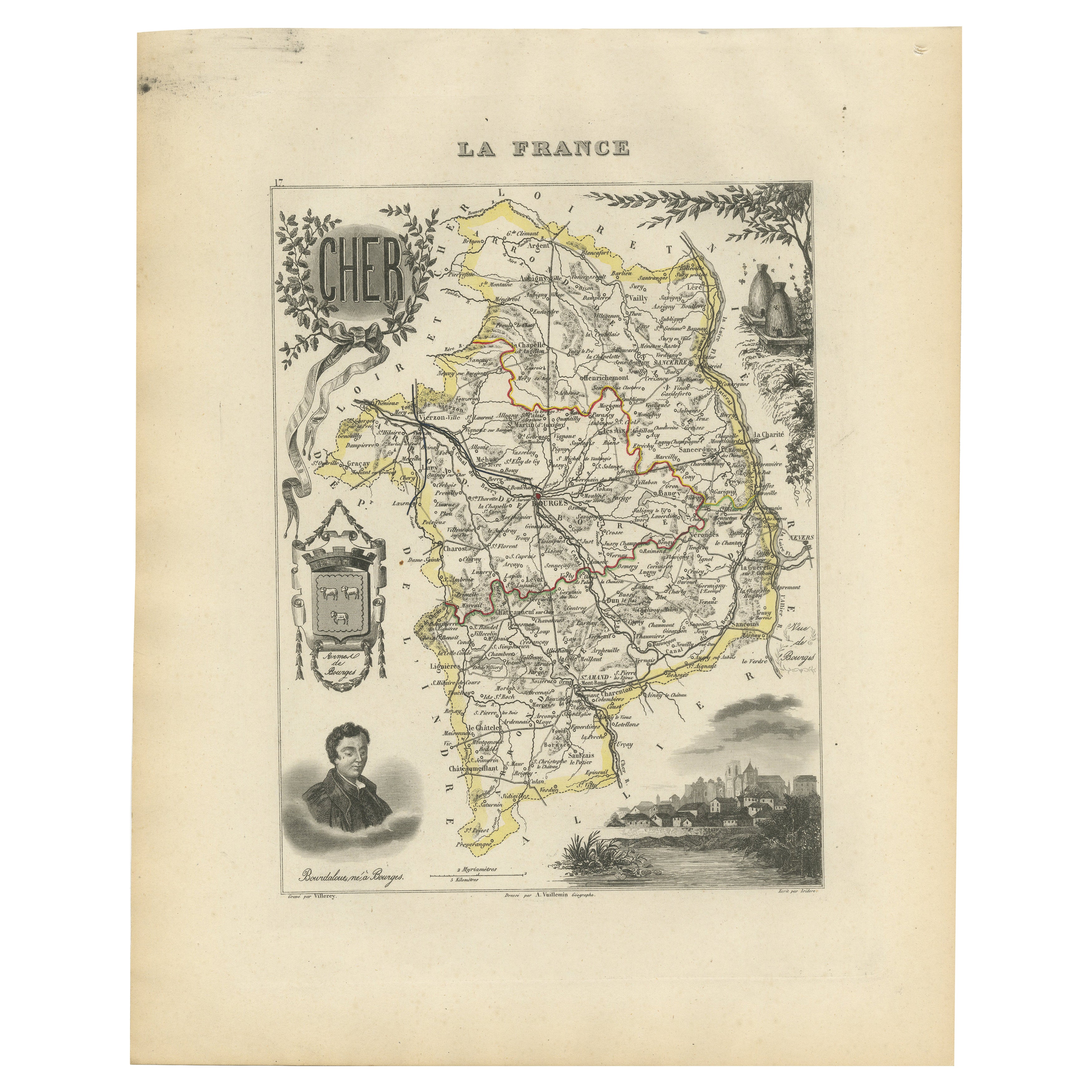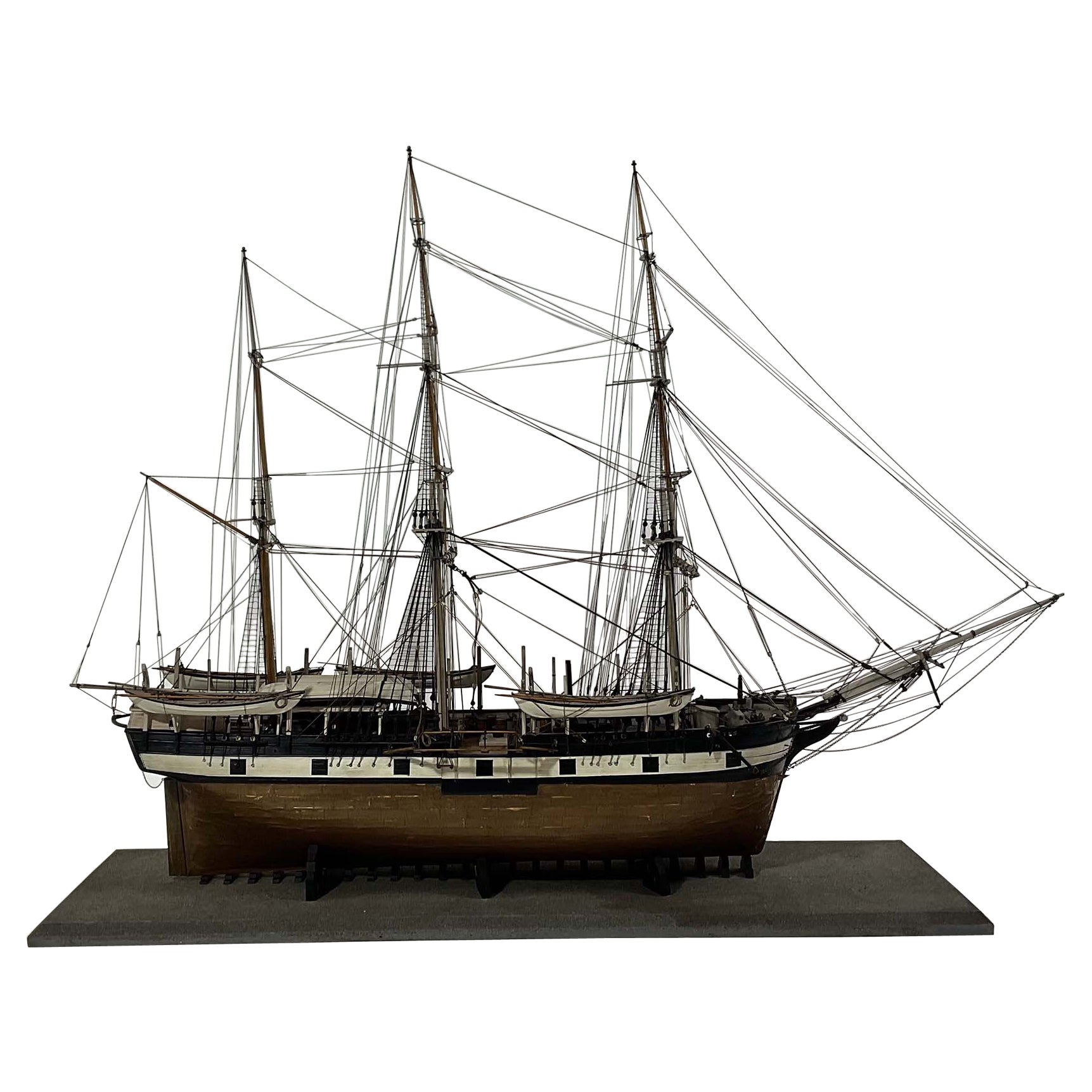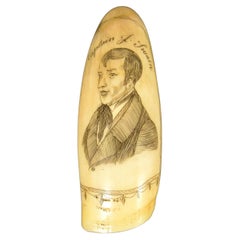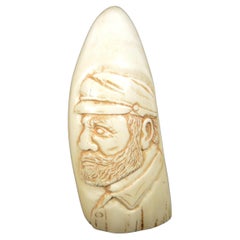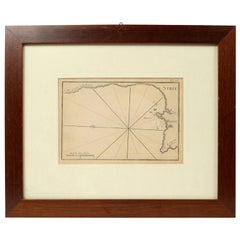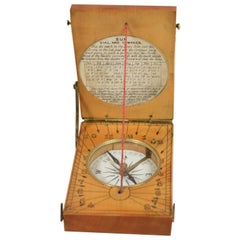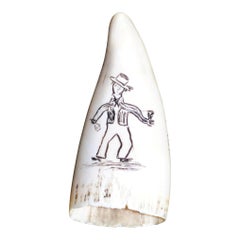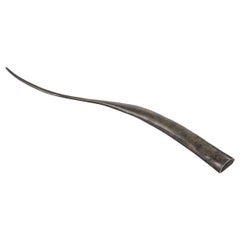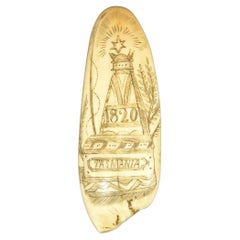
Scrimshaw of whale tooth engraved with 1820s truncated pyramid cippus and Man
View Similar Items
Want more images or videos?
Request additional images or videos from the seller
1 of 18
Scrimshaw of whale tooth engraved with 1820s truncated pyramid cippus and Man
$2,619.06List Price
About the Item
- Dimensions:Height: 3.6 in (9.15 cm)Diameter: 1.3 in (3.31 cm)
- Materials and Techniques:Teeth
- Period:
- Date of Manufacture:1820
- Condition:Wear consistent with age and use.
- Seller Location:Milan, IT
- Reference Number:1stDibs: LU1020237660702
About the Seller
5.0
Vetted Professional Seller
Every seller passes strict standards for authenticity and reliability
Established in 1999
1stDibs seller since 2014
398 sales on 1stDibs
Typical response time: 1 hour
Authenticity Guarantee
In the unlikely event there’s an issue with an item’s authenticity, contact us within 1 year for a full refund. DetailsMoney-Back Guarantee
If your item is not as described, is damaged in transit, or does not arrive, contact us within 7 days for a full refund. Details24-Hour Cancellation
You have a 24-hour grace period in which to reconsider your purchase, with no questions asked.Vetted Professional Sellers
Our world-class sellers must adhere to strict standards for service and quality, maintaining the integrity of our listings.Price-Match Guarantee
If you find that a seller listed the same item for a lower price elsewhere, we’ll match it.Trusted Global Delivery
Our best-in-class carrier network provides specialized shipping options worldwide, including custom delivery.More From This Seller
View AllScrimshaw of engraved whale tooth depicting the Captain F. Swain 1850
Located in Milan, IT
Scrimshaw of an engraved whale tooth, depicting on one side the half-bust of the smartly dressed and handsome Captain F. Swain. On the Back the inscription Master The WHALER SWAN f...
Category
Antique Mid-19th Century Nautical Objects
Materials
Teeth
Raro scrimshaw di grande dente di balena in verticale a bassorilievo un marinaio
Located in Milan, IT
Raro scrimshaw di un grande dente di balena raffigurante in verticale a bassorilievo il profilo di un baleniere barbuto e con cappello in testa, altezza cm 16. Databile attorno alla...
Category
Antique 1850s Nautical Objects
Materials
Teeth
1844 French Antique Nautical print Engraved Portolano of Syrie by Antoine Roux
By Antoine Roux
Located in Milan, IT
Antique portolano, nautical map of Syrie engraved on a copper plate by Antoine Roux, Marseille France 1844, from his work Recueil des principaux plans des ports et de Rades de la Mer...
Category
Antique 1840s French Nautical Objects
Materials
Paper
Engraved boxwood sun clock English manufacture mid-19th century.
Located in Milan, IT
Engraved boxwood diptych sun clock with brass hinges and locking hooks, book-shaped, mid-19th-century English manufacture. The clock has an orientation compass inserted in the base w...
Category
Antique Mid-19th Century Scientific Instruments
Materials
Wood
1820-35 Large Clock Barometer by Silvani Brighton Antique Forecast Instrument
Located in Milan, IT
Rare large barometer complete with clock signed Silvani Brighton, dated from 1820 and 1835. Finely crafted mahogany wood case with double thread at th...
Category
Antique 1840s British Scientific Instruments
Materials
Mahogany
Mechanical planetarium representative of the solar system with Sun Earth and Moon
Located in Milan, IT
Mechanical planetarium, or representative model of the solar system, from the second half of the 19th century.
The cartouche of the globe reads: GlobusVydal J. Felkl at Syn Roztok ...
Category
Antique 1860s Scientific Instruments
Materials
Metal
You May Also Like
1820s Tyrolean Tole Polychrome-Painted Tin Man Colonial Gentleman Figure
Located in Hyattsville, MD
Very rare painted metal figure. Absolutely stunning. It stands up fine and displays well. 14 inches tall. German or Italian made. In poor vintage condition; one foot is completel...
Category
Antique 1830s European Early Victorian Historical Memorabilia
Materials
Tin
$2,236 Sale Price
20% Off
19th Century Irish Folk Art Whale Tooth
Located in Coeur d'Alene, ID
Irish Folk Art. This sperm whale tooth was etched during the 19th century, in Ireland. There'sa a drinking sailor on one side, and a barmaid on the other -...
Category
Antique Late 19th Century Northern Irish Nautical Objects
Materials
Other
Framed 1820s Hand Colored Map of the United States
Located in Stamford, CT
Framed 1820s hand colored map photos of North America and South America. As found framed in giltwood frame.
Category
Antique 1820s American Spanish Colonial Maps
Materials
Giltwood, Paper, Glass
Rare Scrimshaw Decorated Horn
Located in Lymington, Hampshire
A rare scrimshaw decorated horn, engraved over one side with the Royal Arms countersigned and titled ship profiles for the Great Eastern, the Great Britain,...
Category
Antique 1860s English Nautical Objects
Materials
Horn
Early 19thc Scrimshaw and Walnut Hand Carved with Heart Cutlery Caddy
Located in Savannah, GA
Scrimshaw is the art of carving bone, ivory, or other materials. It was a popular pastime for whalers in the 19th century, who created decorative and utilitarian objects. This very u...
Category
Antique 1820s American Folk Art Nautical Objects
Materials
Bone, Walnut
Old Print of Ascension Island with Ships, a Whale and Flying Fish, 1601
Located in Langweer, NL
Antique print, titled: 'Vera effigies et delineato Insulae Ascenstio …' - Bird's eye view of Ascension Island. Five large sailing ships in the background and flying fish and waterfowl in the foreground. On the rear an image of four ships sailing towards a whale, accompanied by fowl, flying fish and dolphins. From 'Indiae Orientalis', 1598-1604.
Artists and Engravers: Made by an anonymous engraver after 'Jean Theodore de Bry...
Category
Antique Early 1600s Prints
Materials
Paper
$266 Sale Price
20% Off
Recently Viewed
View AllMore Ways To Browse
Scrimshaws
Antique Scrimshaw
Clam Shell Charm
Ships Name Board
Vintage Brass Ship Porthole
Copper Sailing Ships
Life Preserver
The Battle Of Trafalgar
Antique Half Hulls
Engine Telegraph
Used Bollards
Vintage Wooden Arrow
Vintage Wooden Arrows
Antique Spyglass
Brass Spyglass
Antique Ships Binnacle
Nautical Antiques Ships Wheel
Paddle Wheeler
